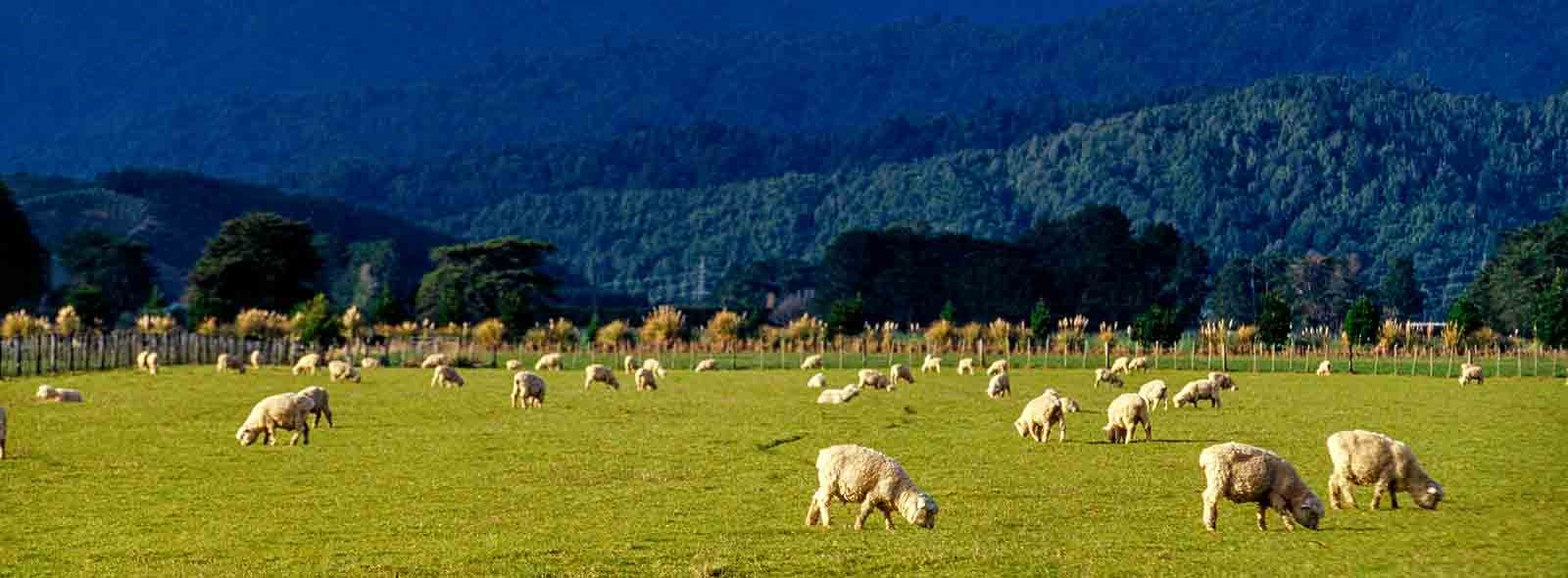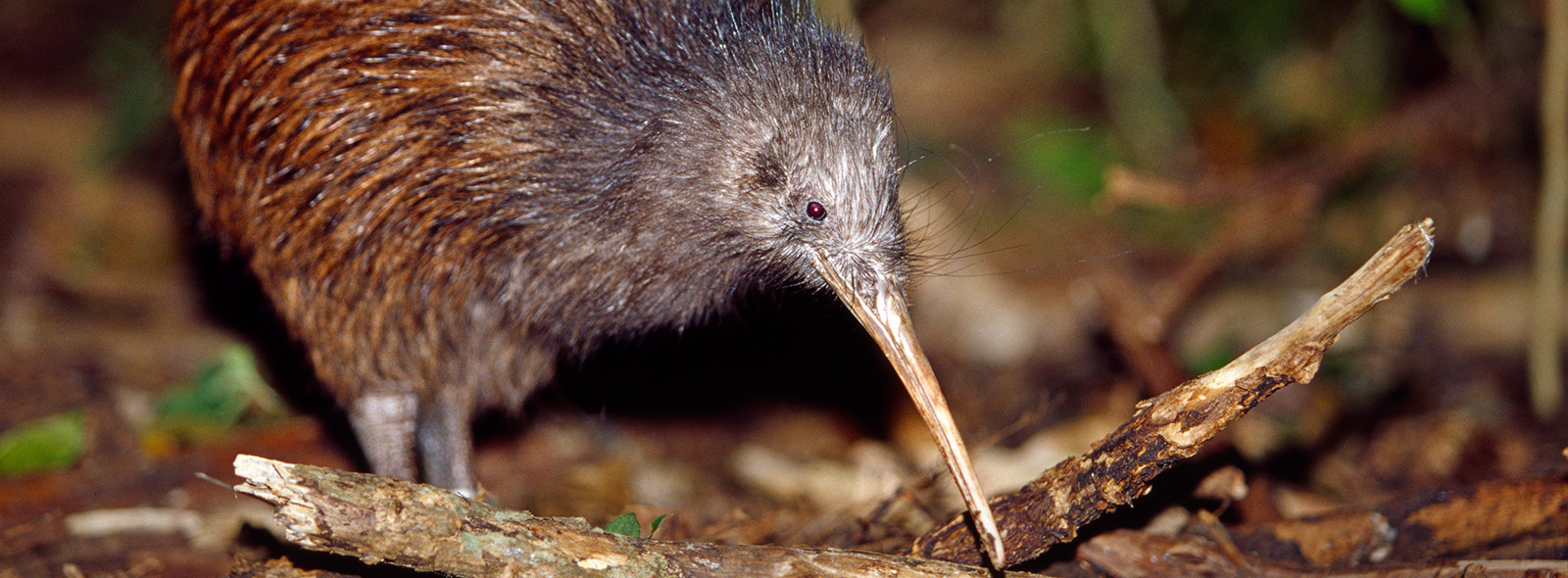Climate change and agriculture: Understanding the biological greenhouse gases

In this report the Commissioner examines the issue of agricultural greenhouse gases – methane and nitrous oxide – which together form about half of New Zealand’s greenhouse gas emissions. This high proportion of emissions coming from agriculture is a major challenge for New Zealand. The science is complex and the policy debate is polarised.
The main policy ‘instrument’ in New Zealand for reducing greenhouse gas emissions is the Emissions Trading Scheme (ETS). The biological gases from agriculture have not yet been included in the ETS. Some argue they should be; others make the opposite case.
This particular dispute, however, lies within a bigger question – what, if anything, should we do about the methane and nitrous oxide from agriculture? Our efforts to answer this question will be more efficient and constructive if we have a common understanding of the basic science. It is hoped that this report will help develop that understanding.
The video below was taken at the report's launch event on 19 October 2016.

